Social Monitoring Tools For Brand Protection

Use AI social media analytics and media tracking to boost brand protection and market intelligence. Learn how to monitor and respond fast.
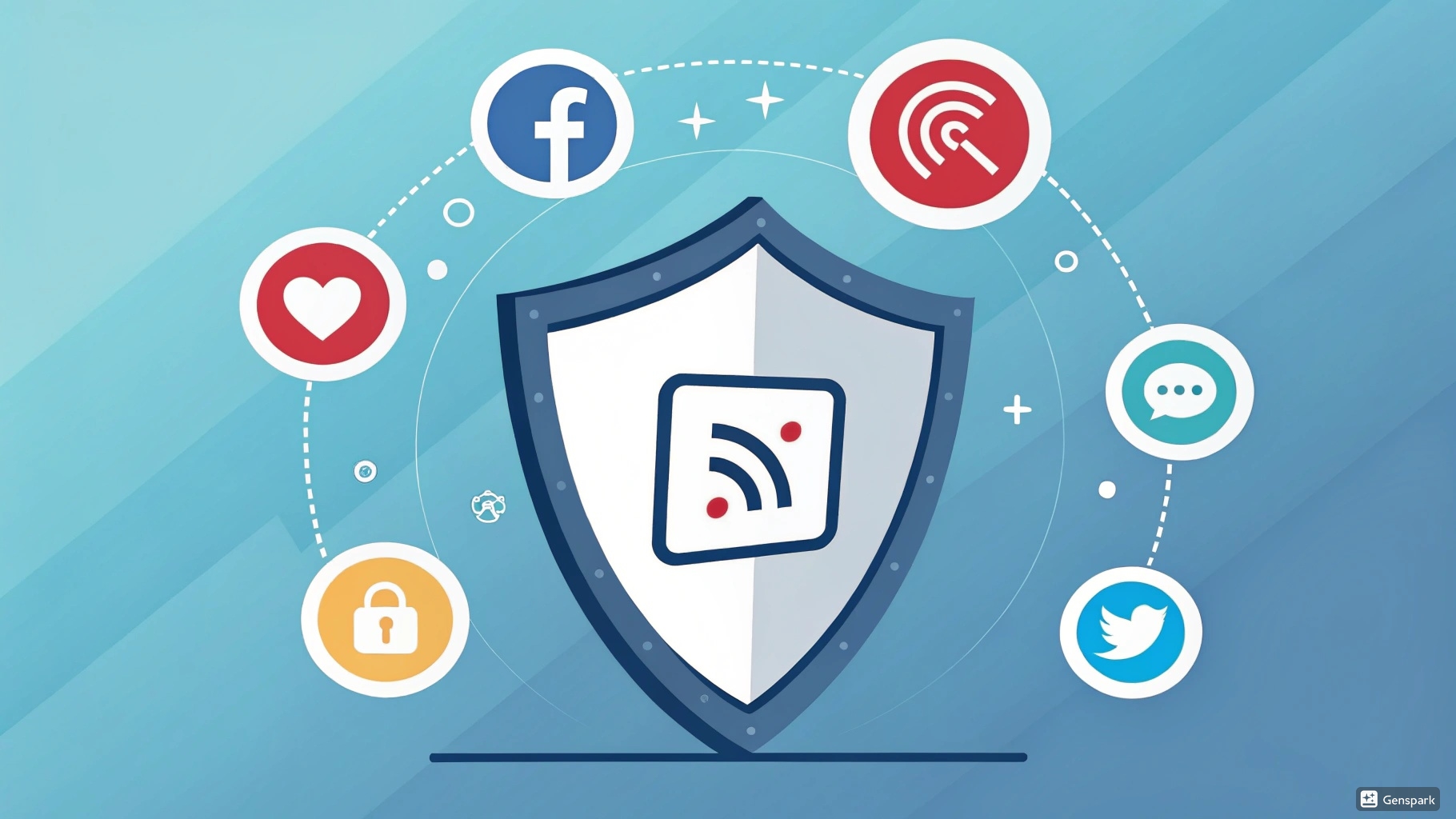
In today’s online world, what people say about your brand can go viral in minutes. One bad post or angry review can hurt your business, sometimes for years. This is why smart companies now use social monitoring tools to help with brand protection. These tools track what's being said across different platforms and give fast alerts so you can act before things go wrong.
In this article, we’ll explore how social monitoring works, why it matters for your brand, and how to use it for better market intelligence and media tracking.
The Importance Of Social Monitoring For Brand Protecting
Social media is powerful. It spreads news, ideas, and opinions faster than almost any other platform. But this speed can be a problem if a brand is not paying attention. Many businesses have faced damage simply because they didn’t act fast enough when something bad was said online.
✈️ United Airlines (2017)
- What happened: A passenger was forcibly dragged off an overbooked flight. A bystander's video went viral on Twitter and Facebook within hours.
- Monitoring gap: United’s PR team took over 12 hours to issue a cold, legal-sounding response instead of a sincere apology.
- Impact:
- #BoycottUnited trended for 3 days
- Company lost $1.4 billion in market cap in under 24 hours
- Over 100K negative mentions were detected across platforms in a single day
- CEO later had to issue a second apology amid rising backlash
💡 Lesson: Real-time monitoring could’ve triggered an earlier, more human-centered response and reduced the reputational damage.
🌟 Cases Where Social Monitoring Helped Brands
🍕 Domino’s Pizza (2018–2020)
- What happened: In a campaign to improve customer service, Domino’s actively monitored Twitter for complaints about cold or late deliveries.
- Monitoring strategy: Used keyword triggers like “Domino’s + late” or “cold pizza” with real-time alerts.
- Results:
- Resolved over 90% of complaints within 1 hour
- Publicly responded to over 20K tweets within 3 months
- Resulted in a 12% increase in customer satisfaction scores
- Led to a 6% YoY increase in repeat orders from engaged users
✅ Lesson: Proactive social care, powered by keyword-based agents (like BrowserAct or Sprout Social), can directly drive loyalty and retention.
These examples show that brand protection is not just about avoiding trouble—it’s also about acting fast, fixing problems, and turning them into chances to build trust.
The Growth Of Market Intelligence For Media Tracking
Over the years, market intelligence has gone beyond just sales numbers and surveys. Today, companies use social monitoring to gather real-time data from platforms like X (formerly Twitter), Facebook, Instagram, and YouTube.
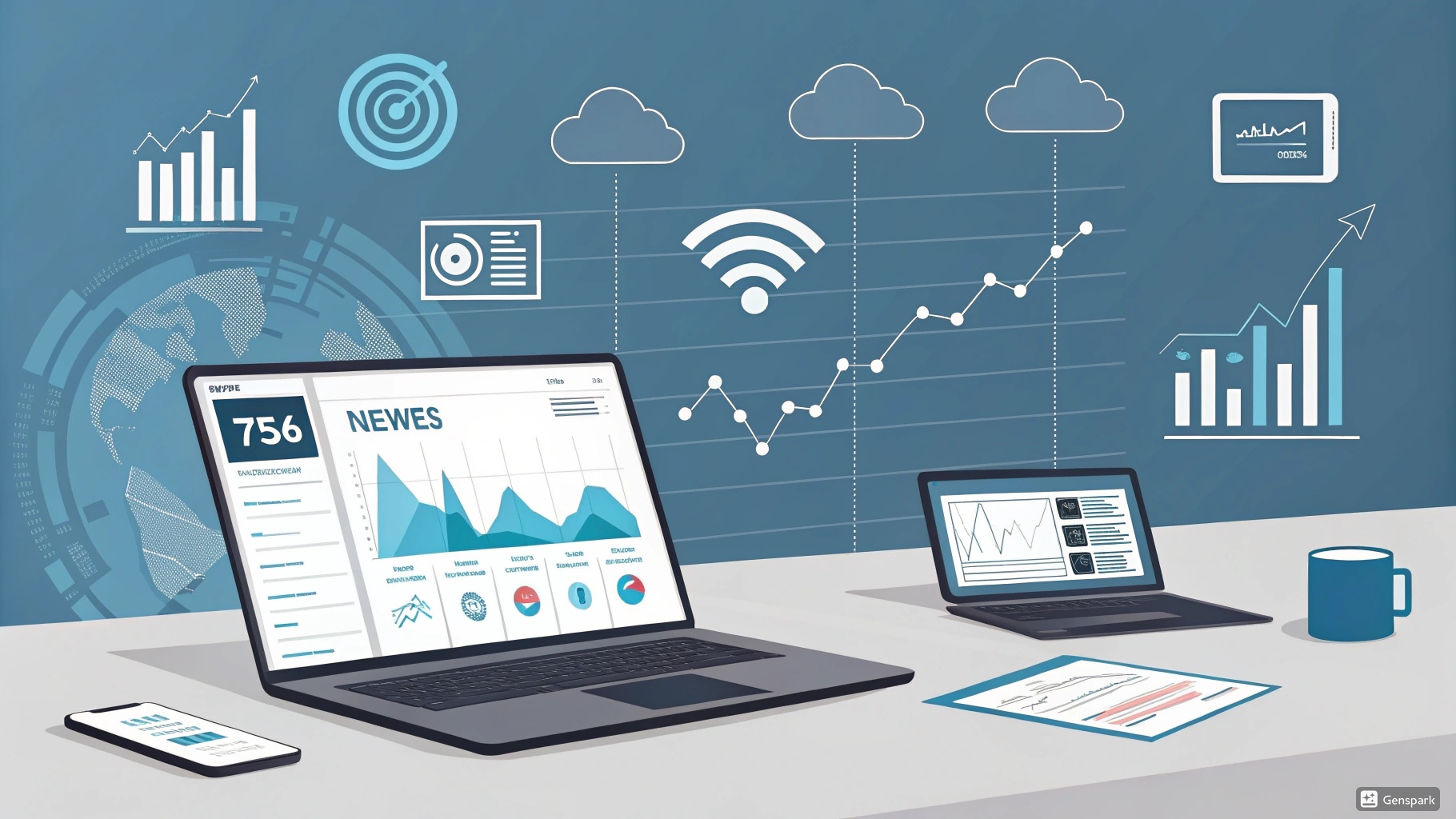
What Is Market Intelligence?
It means collecting useful information about your brand, your market, and your competitors. In the past, this was slow and done with paper reports. Now, tools help you track:
- Who is talking about your brand
- What customers think about your products
- How your brand compares to others
- What trends are rising in your industry
This type of media tracking gives teams fresh insights, often within minutes. They can see patterns in how people talk about their brand and spot risks before they grow.
Why Media Tracking Matters
Your brand may be talked about even if you’re not tagged. People may share videos, memes, or reviews that go unnoticed unless you have tracking in place. That’s why social media analytics now include image recognition, sentiment scores, and even voice analysis to catch everything.
Which Social Media Platforms Can Be Monitored?

Most AI tools can monitor major platforms, including:
- X (formerly Twitter)
- TikTok
- YouTube
- Forums and blogs
- News websites
Some advanced tools even track mentions in podcasts or videos using audio search and speech analysis.
By watching all these places, your brand is less likely to be caught off guard by a trend or complaint that spreads.
Why Use AI Social Monitoring Tools For Brand Protecting
Modern social monitoring tools use AI (artificial intelligence) to track and sort through massive amounts of online content in real time. Compared to manual monitoring, AI-powered tools offer key advantages:
- Speed: AI can process thousands of mentions per second across platforms like Twitter, LinkedIn, Reddit, forums, and video sites.
- Accuracy: With NLP (Natural Language Processing), AI can detect brand sentiment, sarcasm, and emotional tone—not just keyword presence.
- Scalability: AI handles millions of data points without extra manpower, making it ideal for brands operating across markets or languages.
- Early Warning System: AI can instantly flag negative spikes, unusual mentions, or potential crises—even for untagged or misspelled content.
- Trend Discovery: AI can detect emerging patterns, hashtags, or shifts in conversation tone before they go viral.
These capabilities help brands detect early warnings, understand shifting customer sentiment, and respond quickly to avoid or reduce reputational damage.
Before diving into how to use one tool in detail, let’s look at the most popular AI-powered tools—and how they compare.
🔍 Best AI Social Listening Tools (With Comparison)
If you're setting up brand keyword monitoring, your tool should be able to track:
- Your brand name and product names
- Common misspellings or typos
- Competitor names
- Industry terms or niche topics
- Hashtags or slang linked to your brand
Here are some top tools to consider:
🧠 BrowserAct
- Unique Agent-based Automation
- Supports real-time browsing, flexible scraping, and custom instructions
- Works on long-tail platforms (e.g., niche forums, global marketplaces)
- Great for small teams needing high customization
📊 Brandwatch
- Enterprise-level platform
- Deep sentiment analysis, competitive benchmarking, dashboards
- Best for large organizations with high-volume tracking needs
🌐 Sprout Social
- All-in-one social media management + listening
- Competitive analysis, scheduled publishing, trend alerts
- Good for marketing teams managing multiple platforms
💬 Hootsuite + Mention
- Cost-effective combination
- Mention tracks brand names, hashtags, and misspellings
- Hootsuite handles social media posting and performance reporting
🎥 Brand24 / Awario
- Specialized in monitoring YouTube and untagged mentions
- Ideal for small to mid-sized businesses needing accurate mention capture
🖼 YouScan
- AI-powered text + image listening
- Detects brand logos in user-generated content
- Great for visual-first industries like fashion or food
🆚 Tool Comparison Table
Tool | Real-Time Browser? | Misspelling Support | Visual Detection | Custom Workflow | YouTube Monitoring | Ideal User |
BrowserAct | ✅ Yes | ✅ AI Matching | ⚠️ Manual via agent | ✅ Full Control | ✅ Yes | Developers, SMEs |
Brandwatch | ❌ No | ✅ NLP | ❌ No | ❌ Dashboard Only | ✅ Yes (integrated) | Enterprises |
Sprout Social | ❌ No | ✅ Basic | ❌ No | ❌ Dashboard Only | ⚠️ Limited | Marketing teams |
Mention + Hootsuite | ❌ No | ✅ Yes | ❌ No | ⚠️ Semi-flexible | ⚠️ Partial | Cost-sensitive teams |
Brand24 / Awario | ❌ No | ✅ Yes | ❌ No | ❌ Dashboard Only | ✅ Strong | SMBs |
YouScan | ❌ No | ⚠️ Limited | ✅ Yes (logos) | ❌ Dashboard Only | ⚠️ Basic | Visual brands |
🧠 How to Use BrowserAct for Brand Keyword Monitoring
BrowserAct is ideal if you want full flexibility, hands-on control, or need to monitor non-mainstream platforms like forums, smaller video platforms, or regional marketplaces.
Here’s how to get started:
- Getting Started
Sign up with your email, Google, or GitHub account. Once you're in, click “+Create” to start building your first agent.
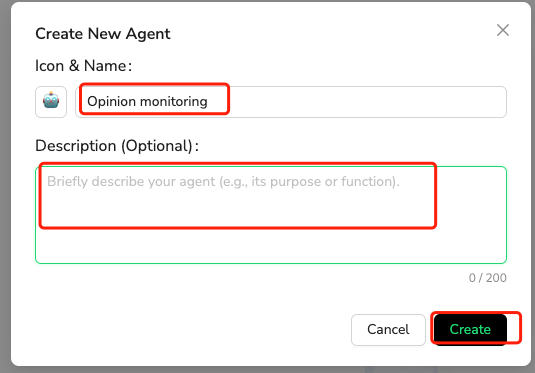
Each agent is like a smart assistant that can carry out specific monitoring tasks. You can configure:
- Icon – for easy visual ID
- Name – like “Brand Monitor Agent”
- Description – e.g., “Tracks brand mentions on YouTube and Reddit”
- Configuring Your Agent
In the agent settings panel, select:
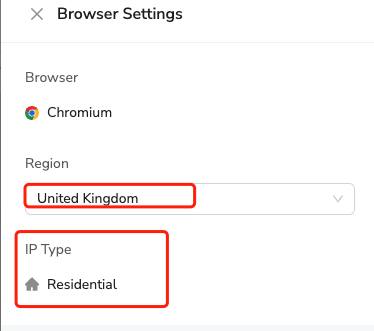
- Your preferred language model
- The IP address or proxy region
- Detailed task instructions
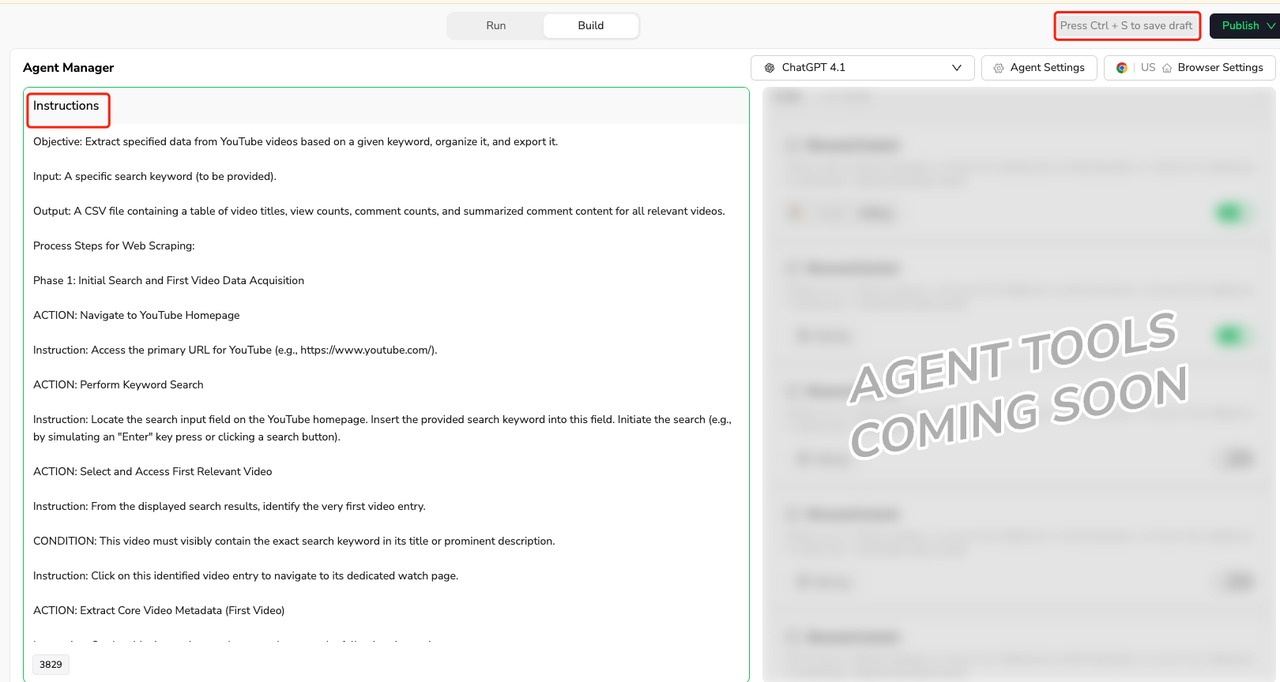
Example instructions:
“Search YouTube for videos mentioning ‘BrandX’ or ‘Brand-X’. Open each result, extract title, view count, and top 5 comments. Ignore ads and shorts.”
You’re basically training a virtual researcher. The more specific your guidance, the better the output.
- Running Your Agent
Click Run to enter the task interface. Input instructions and click Send.
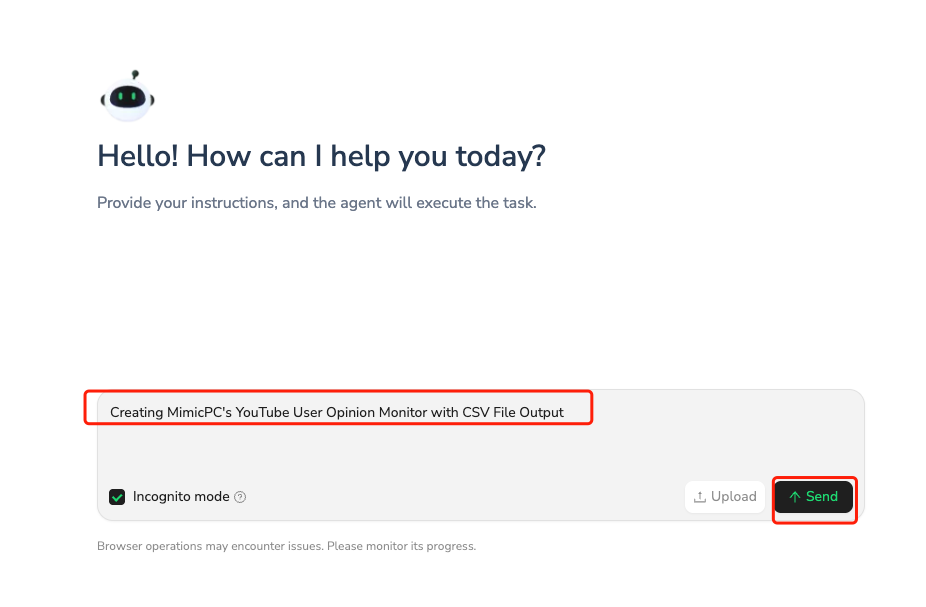
You can:
- Watch the agent browse sites live
- Step in manually to solve captchas or login
- Adjust its path if it's going off track
This hybrid auto/manual approach is perfect for difficult pages or long-tail searches.
- Managing Outputs and Credits
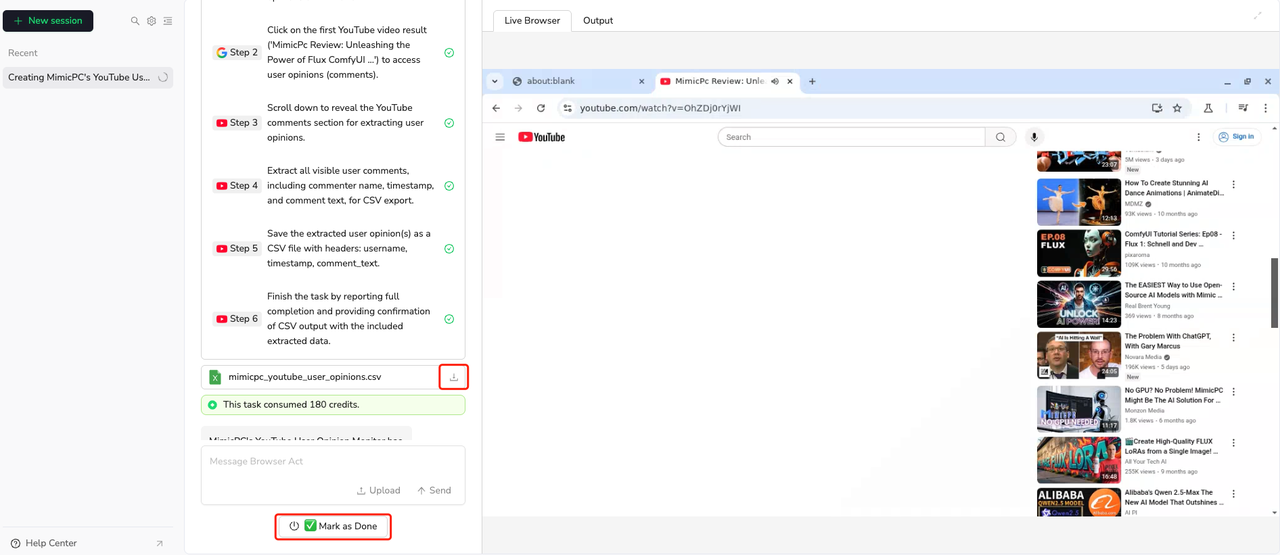
Once your task finishes, you'll see:
- Total credits consumed
- Option to download results
- Ability to edit or resume tasks if needed
If results are incomplete, you can give updated instructions and continue without restarting.
- Reviewing Session History
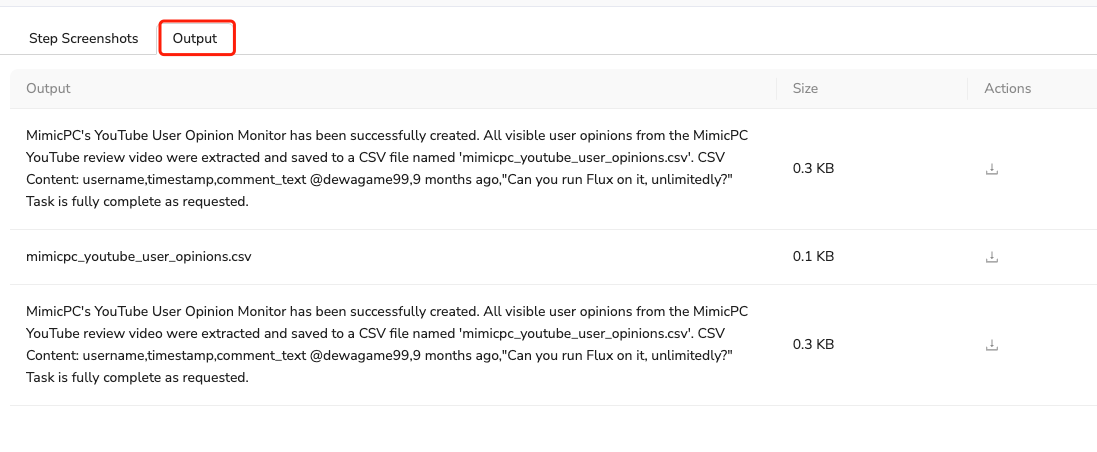
All completed tasks appear in your Output panel. Use Session History to:
- Compare what worked best
- Reuse successful instructions
- Track how your agent improved over time
Most social listening tools offer ease of use, but BrowserAct gives you unmatched control, creativity, and flexibility—especially useful when you're:
- Monitoring niche or global platforms
- Need to extract specific formats (e.g., YouTube comments, post timestamps)
- Want to customize everything down to the click level
Think of it as an AI-powered analyst that learns from your instructions and helps you protect your brand with precision.
How To Quickly Respond To Negative Social Media Sentiment
Most monitoring tools include a sentiment analysis feature. This shows whether people are talking in a positive, neutral, or negative tone.
If something negative shows up:
- Act fast: The longer you wait, the more others may join in.
- Reply respectfully: Say sorry if needed, or explain the issue.
- Take it private: Move the chat to direct messages to solve the problem away from the public eye.
- Follow up: Once the issue is fixed, thank the person publicly (if they agree) so others see your brand cares.
Conclusion
In today’s fast-paced world, brand protection needs to go beyond PR teams and customer service scripts. It requires real-time tools that scan the internet, sort data, and alert you to risks as they appear. This is where social monitoring comes in.
With AI-powered tools, you can set up brand keyword tracking, watch public feelings, and respond faster than ever. You’ll also build better market intelligence and stay ahead of changes in your space.
Whether you're running a global company or a small business, social media analytics and media tracking are now must-haves—not optional.
Make them part of your daily routine, and you’ll protect your brand while learning more about your audience at the same time.

Relative Resources

AI Web Scraper Case Study: Automated News Intelligence

Case Study: Building an Amazon Product Data Extraction Agent

LinkedIn Monitoring With Top 6 Scraping Tools Explained




